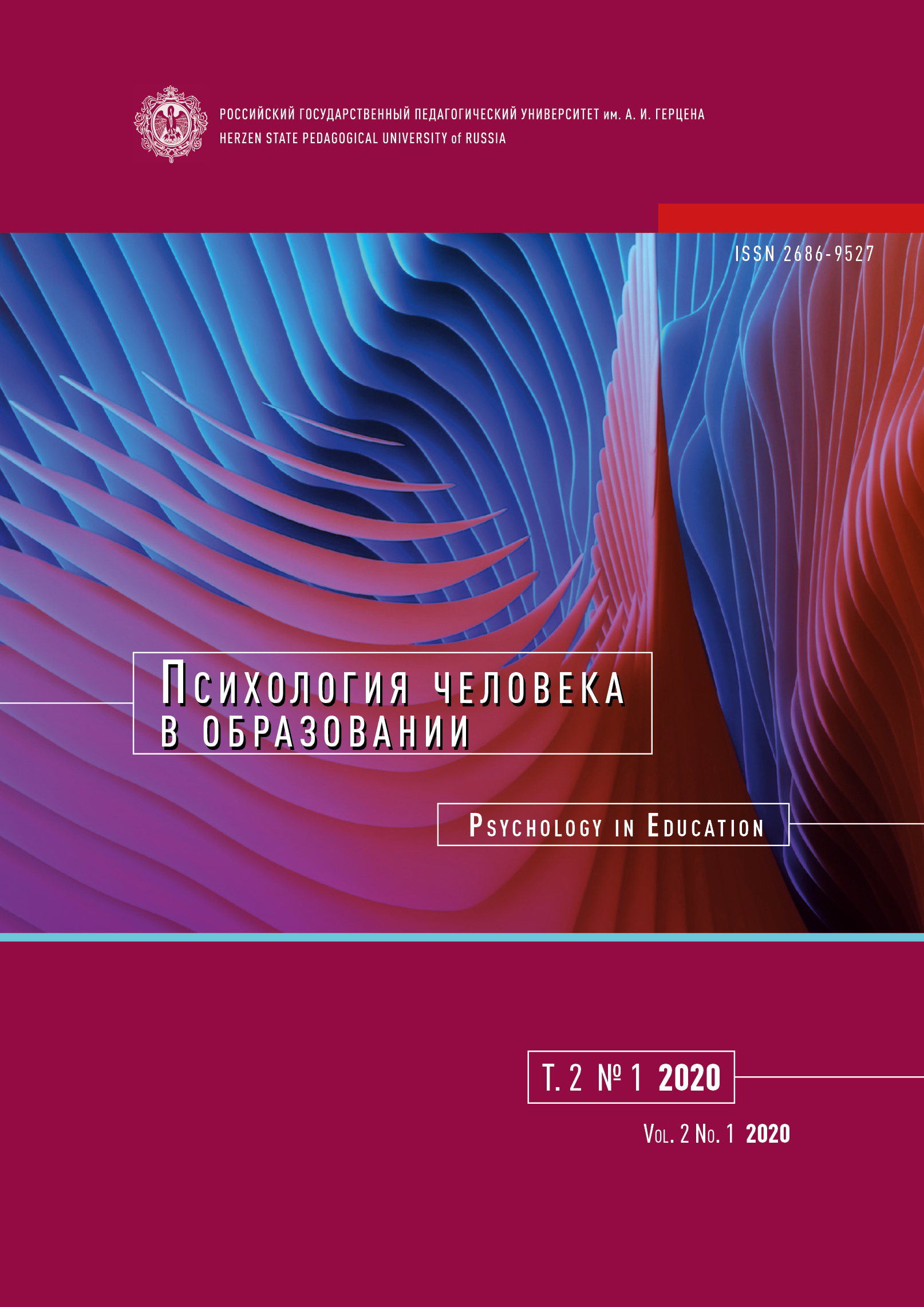Multi-level periodisation of ontogenesis: Empirical characteristics of organisation levels
DOI:
https://doi.org/10.33910/2686-9527-2020-2-1-5-25Keywords:
ontogenesis, periodisation of ontogenesis, multi-level periodisation, empirical characteristics of organisation levelsAbstract
The periodisation scheme described in both the current and the previous paper is multi-level, since it is based on the concept of the organisation level and, consequently, on the hierarchy of levels that derives from it. The main advantage of such an approach to the issue of periodisation is that it offers the opportunity to describe the course of development of any living creature beginning with the minimal level, i. e. with a ripening egg cell, and finishing with a certain level of organization, which is the limiting for a given biological species. As for non-level and semi-level approaches, they do not provide such an opportunity, and therefore their dominance in modern science impedes further development of psychology.
The presentation of the scheme began in the preceding article (Karandashev 2019) with the traditional concept of a time scale. Further, the concept of the organisation level was introduced and consistently expanded to a hierarchy of levels. And, finally, on the basis of multi-level relative scales, an absolute chronological ontogenesis scale was constructed, leading on to the process of the empirical substantiation of the multi-level ontogenesis periodisation.
This article describes the empirical characteristics of organisation levels. They are organised in a table that includes the following columns: 1) level number, 2) organisation level, 3) formation title, 4) formation explanation, 5) primary function, 6) function explanation, 7) primary period, and 8) age of transition to a new period. The rows of the table are formed by the following organisation levels: (−2) ribonucleic, (−1) genetic, (0) cytological, 1) morphological, 2) physiological, 3) interoceptive, 4) proprioceptive, 5) exteroceptive, 6) attributive, 7) reflexive, 8) cognitive, 9) personal, 10) institutional, and 11) constitutional. Each of the positions located at the intersection of one of the above characteristics with one of the listed organisation levels is subjected to a detailed description, and their combination provides a primary definition of the level in question.
References
ЛИТЕРАТУРА
Аристотель (1975) О душе. В кн.: Сочинения: в 4 т. Т. 1. М.: Мысль, с. 369–448.
Выготский, Л. С. (1984) Собрание сочинений: в 6 т. Т. 4. Детская психология. М.: Педагогика, 433 c.
Карандашев, Ю. Н. (2013) Эволюционная концепция и периодизация онтогенетического развития. Бельско- Бяла: Издательство Ю. Н. Карандашева, 110 с.
Карандашев, Ю. Н. (2017) Механизм становления материи в гегелевском учении о бытии. Бельско-Бяла: Addendum, 260 с.
Карандашев, Ю. Н. (2019) Топология, метрика и хронология уровневой периодизации онтогенеза. Психология человека в образовании, т. 1, № 1, с. 5–21. DOI: 10.33910/2686-9527-2019-1-1-5-21
REFERENCES
Aristotle (1975) O dushe [About the soul]. In: Sochineniya: v 4 t. [Collected work: In 4 vols]. Vol. 1. Moscow: Mysl’ Publ., pp. 369–448. (In Russian)
Karandashev, Yu. N. (2013) Evolyutsionnaya kontseptsiya i periodizatsiya ontogeneticheskogo razvitiya [The evolutionary concept and periodization of ontogenetic development]. Belsko-Biała: Yu. N. Karandashev Publ., 110 p. (In Russian)
Karandashev, Yu. N. (2017) Mekhanizm stanovleniya materii v gegelevskom uchenii o bytii [The mechanism of the formation of matter in the Hegelian doctrine of being]. Belsko-Biała: Addendum Publ., 260 p. (In Russian)
Karandashev, Yu. N. (2019) Topologiya, metrika i khronologiya urovnevoj periodizatsii ontogeneza [Topology, metrics and chronology of level periodization of ontogenesis]. Psikhologiya v obrazovanii — Psychology in Education, vol. 1, no. 1, pp. 5–21. DOI: 10.33910/2686-9527-2019-1-1-5-21 (In Russian)
Vygotskij, L. S. (1984) Sobranie sochinenij: v 6 t. T. 4. Detskaya psikhologiya [Collected works: In 6 vols. Vol. 4. Child psychology]. Moscow: Pedagogika Publ., 433 p. (In Russian)
Downloads
Published
How to Cite
Issue
Section
License
Copyright (c) 2020 Yuri N. Karandashev

This work is licensed under a Creative Commons Attribution-NonCommercial 4.0 International License.
The work is provided under the terms of the Public Offer and of Creative Commons public license Creative Commons Attribution 4.0 International (CC BY 4.0).
This license permits an unlimited number of users to copy and redistribute the material in any medium or format, and to remix, transform, and build upon the material for any purpose, including commercial use.
This license retains copyright for the authors but allows others to freely distribute, use, and adapt the work, on the mandatory condition that appropriate credit is given. Users must provide a correct link to the original publication in our journal, cite the authors' names, and indicate if any changes were made.
Copyright remains with the authors. The CC BY 4.0 license does not transfer rights to third parties but rather grants users prior permission for use, provided the attribution condition is met. Any use of the work will be governed by the terms of this license.






